جلد سخت سیاه و سفید
Product details
- Publisher : De Gruyter Mouton (March 7, 2022)
- Language : English
- Hardcover : 320 pages
- ISBN-10 : 3110703157
- ISBN-13 : 978-3110703153
کتاب Synchronic and Diachronic Aspects of Kanashi
Kanashi, a Sino-Tibetan (ST) language belonging to the West Himalayish (WH) subbranch of this language family, is spoken in one single village (Malana in Kullu district, Himachal Pradesh state, India), which is surrounded by villages where - entirely unrelated - Indo-Aryan (IA) languages are spoken. Until we started working on Kanashi, very little linguistic material was available. Researchers have long speculated about the prehistory of Kanashi: how did it happen that it ended up spoken in one single village, completely cut off from its closest linguistic relatives? Even though suggestions have been made of a close genealogical relation between Kanashi and Kinnauri (another WH language), at present separated by over 200 km of rugged mountainous terrain, their shared linguistic features have not been discussed in the literature.
Based on primary fieldwork, this volume presents some synchronic and diachronic aspects of Kanashi. The synchronic description of Kanashi includes a general introduction on Malana and the Kanashi language community (chapter 1), linguistic descriptions of its sound system (chapter 2), of phonological variation in Kanashi (chapter 4), of its grammar (chapter 3) and of its intriguing numeral systems (chapter 5), as well as basic vocabulary lists (Kanashi-English, English-Kanashi) (chapter 9).
As for the diachronic and genealogical aspects (chapters 6-8), we compare and contrast Kanashi with other ST languages of this region (in particular languages of Kinnaur, notably Kinnauri), thereby uncovering some intriguing linguistic features common to Kanashi and Kinnauri which provide insights into their common history. For instance: a subset of borrowed IA nouns and adjectives in both languages end in -(a)ŋ or -(a)s, elements which do not otherwise appear in Kanashi or Kinnauri, nor in the IA donor languages (chapter 6); and both languages have a valency changing mechanism where the valency increasing marker -jaː alternates with the intransitive marker -e(d) in borrowed IA verbs (again: elements without an obvious provenance in the donor or recipient language) (chapter 7). These features are neither found in IA languages nor in the WH languages geographically closest to Kanashi (Pattani, Bunan, Tinani), but only in Kinnauri, which is spoken further away. Intriguingly, traces of some of these features are also found in some ST languages belonging to different ST subgroups (both WH and non-WH), spoken in Uttarakhand in India and in western Nepal (e.g. Rongpo, Chaudangsi, Raji and Raute). This raises fundamental questions regarding genealogical classification, language contact and prehistory of the WH group of languages and of this part of the Indian Himalayas, which are also discussed in the volume (chapter 8).
منابع کتاب کتاب Synchronic and Diachronic Aspects of Kanashi
کاناشی، یک زبان چینی-تبتی (ST) متعلق به زیرشاخه هیمالایی غربی (WH) از این خانواده زبانی، در یک روستا (مالانا در ناحیه کولو، ایالت هیماچال پرادش، هند) صحبت می شود، که توسط روستاهایی احاطه شده است. کاملاً نامرتبط - زبان های هندوآریایی (IA) صحبت می شود. تا زمانی که کار روی کاناشی را شروع کردیم، مطالب زبانی بسیار کمی در دسترس بود. محققان مدتها در مورد ماقبل تاریخ کاناشی گمانهزنی کردهاند: چگونه اتفاق افتاد که در نهایت در یک روستا صحبت میشد که کاملاً از نزدیکترین خویشاوندان زبانیاش جدا بود؟ حتی اگر پیشنهادهایی در مورد رابطه تبارشناسی نزدیک بین کاناشی و کیناوری (زبان WH دیگر) ارائه شده است، که در حال حاضر با بیش از 200 کیلومتر زمین ناهموار کوهستانی از هم جدا شده است، ویژگی های زبانی مشترک آنها در ادبیات مورد بحث قرار نگرفته است.
بر اساس کار میدانی اولیه، این جلد برخی از جنبه های همزمان و دیاکرونیک کاناشی را ارائه می دهد. توصیف همزمان کاناشی شامل مقدمه ای کلی در مورد مالانا و جامعه زبان کاناشی (فصل 1)، توصیفات زبانی سیستم صوتی آن (فصل 2)، تنوع واجی در کاناشی (فصل 4)، دستور زبان آن (فصل 3) و از سیستمهای اعدادی جذاب آن (فصل 5)، و همچنین فهرستهای واژگان اولیه (کاناشی-انگلیسی، انگلیسی-کاناشی) (فصل 9).
در مورد جنبههای دیاکرونیکی و تبارشناسی (فصل 6-8)، ما کاناشی را با سایر زبانهای ST این منطقه (به ویژه زبانهای خاص کیناور، بهویژه کیناوری) مقایسه و مقایسه میکنیم، در نتیجه برخی از ویژگیهای زبانی جذاب مشترک کاناشی و کیناوری را آشکار میکنیم. بینش در مورد تاریخ مشترک آنها. برای مثال: زیرمجموعهای از اسمها و صفتهای وامگرفته شده IA در هر دو زبان به -(a)ŋ یا -(a)s ختم میشوند، عناصری که در کاناشی یا کیناوری و همچنین در زبانهای اهداکننده IA ظاهر نمیشوند (فصل 6). و هر دو زبان مکانیسم تغییر ظرفیت دارند که در آن نشانگر افزایش دهنده ظرفیت -jaː با نشانگر غیرگذر -e(d) متناوب می شود.در افعال IA وام گرفته شده (دوباره: عناصر بدون منشأ آشکار در زبان اهداکننده یا گیرنده) (فصل 7). این ویژگیها نه در زبانهای IA و نه در زبانهای WH که از نظر جغرافیایی نزدیکترین به کاناشی هستند (پاتانی، بونان، تینانی) یافت میشوند، بلکه فقط در کیناوری، که دورتر صحبت میشود، یافت میشوند. به طرز جالبی، ردپای برخی از این ویژگیها در برخی از زبانهای ST متعلق به زیرگروههای مختلف ST (هم WH و هم غیر WH)، که در اوتاراکند در هند و در غرب نپال صحبت میشود (مانند رونگپو، چاودانگسی، راجی و راوته) نیز یافت میشود. این سؤالات اساسی در مورد طبقه بندی تبارشناسی، تماس زبانی و پیش از تاریخ گروه زبان های WH و این بخش از هیمالیاهای هندی را ایجاد می کند که در جلد (فصل 8) نیز مورد بحث قرار گرفته است.





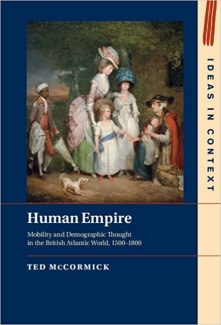


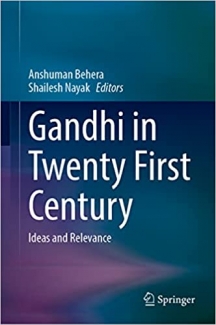
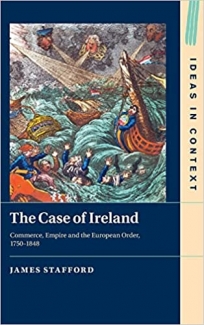
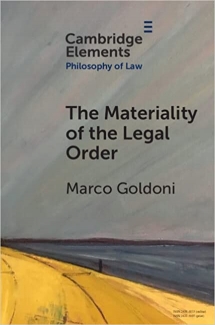






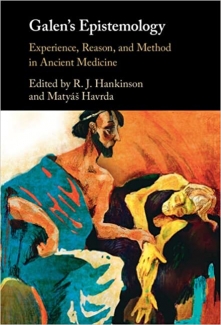














ارسال نظر درباره کتاب Synchronic and Diachronic Aspects of Kanashi